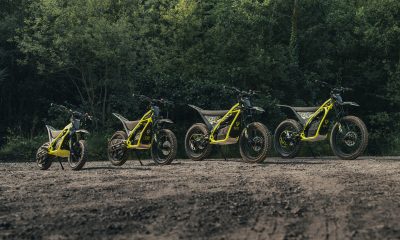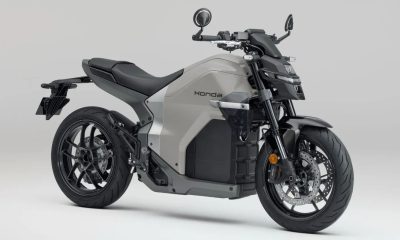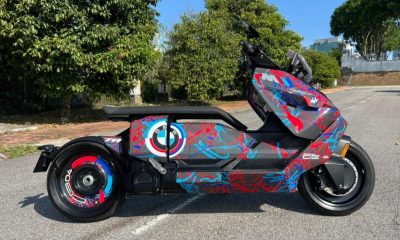Concept motorcycles fall into two categories: those previewing showroom models and those igniting imagination but fading into fantasy.

Subscribe to our Telegram channel for instant updates!
Honda’s RC-E, showcased at the 2011 Tokyo Motor Show, initially seemed to belong to the latter category.
Back then, electric sportbikes weren’t a top industry priority, and the RC-E, inspired by Honda’s 1960s GP bikes, appeared to be merely a captivating “what if” idea.
Now, after 12 years, the RC-E has resurfaced through a new Honda patent application. This patent reveals that, while not the entire bike, certain RC-E elements are actively evolving within Honda’s research and development department.
The patent images unmistakably depict the RC-E. The fairing shape, frame layout, suspension system, and the central electric motor are all reminiscent of the 2011 concept bike.
While Honda often patents ideas based on past models, where shapes aren’t the focus, this patent specifically addresses the rear suspension’s structure, a key visual aspect of the bike.
This patent version differs from the original RC-E. The concept had a single shock mounted between the swingarm and a bracket above the electric motor.

Adapting to a Transforming Motorcycle Landscape
In contrast, the new patent shows an offset shock, enhancing space efficiency, which requires a more compact motor.
Yet, this change emphasizes that much of the RC-E’s design philosophy remains relevant today.
For instance, the frame incorporates the electric motor’s casing as a structural element, ensuring a straight line between the steering head and the rear wheel.
The significant shift between this patent and the 2011 show bike is the context. In 2011, major motorcycle companies hadn’t embraced electric bikes beyond scooters.
Today, the landscape has changed dramatically, with most manufacturers, including Honda, planning numerous electric bikes.
In this context, reviving the RC-E with modern motor and battery technology could be a wise move for Honda.

The patent also unveils the RC-E’s internals. Three distinct battery packs, labeled B1, B2, and B3, are tucked beneath the fairing.
They offer efficient placement and a compact design, marking a shift from traditional combustion engines.
The motor is offset to the right side, accommodating a rear shock on the left. While the patent doesn’t explicitly mention it, the bike appears to incorporate liquid cooling, with a radiator behind the front wheel.
The success of the patent application remains uncertain and awaits judgment by patent officials. Nonetheless, it’s clear that substantial portions of the RC-E, including the half-frame and structural motor, are actively progressing.
With Honda’s plans to introduce its first significant electric bike in 2024, the revival of the RC-E takes on a new significance, marking an exciting chapter in Honda’s electric motorcycle journey.





























Facebook
Instagram
X (Twitter)
YouTube
LinkedIn
RSS